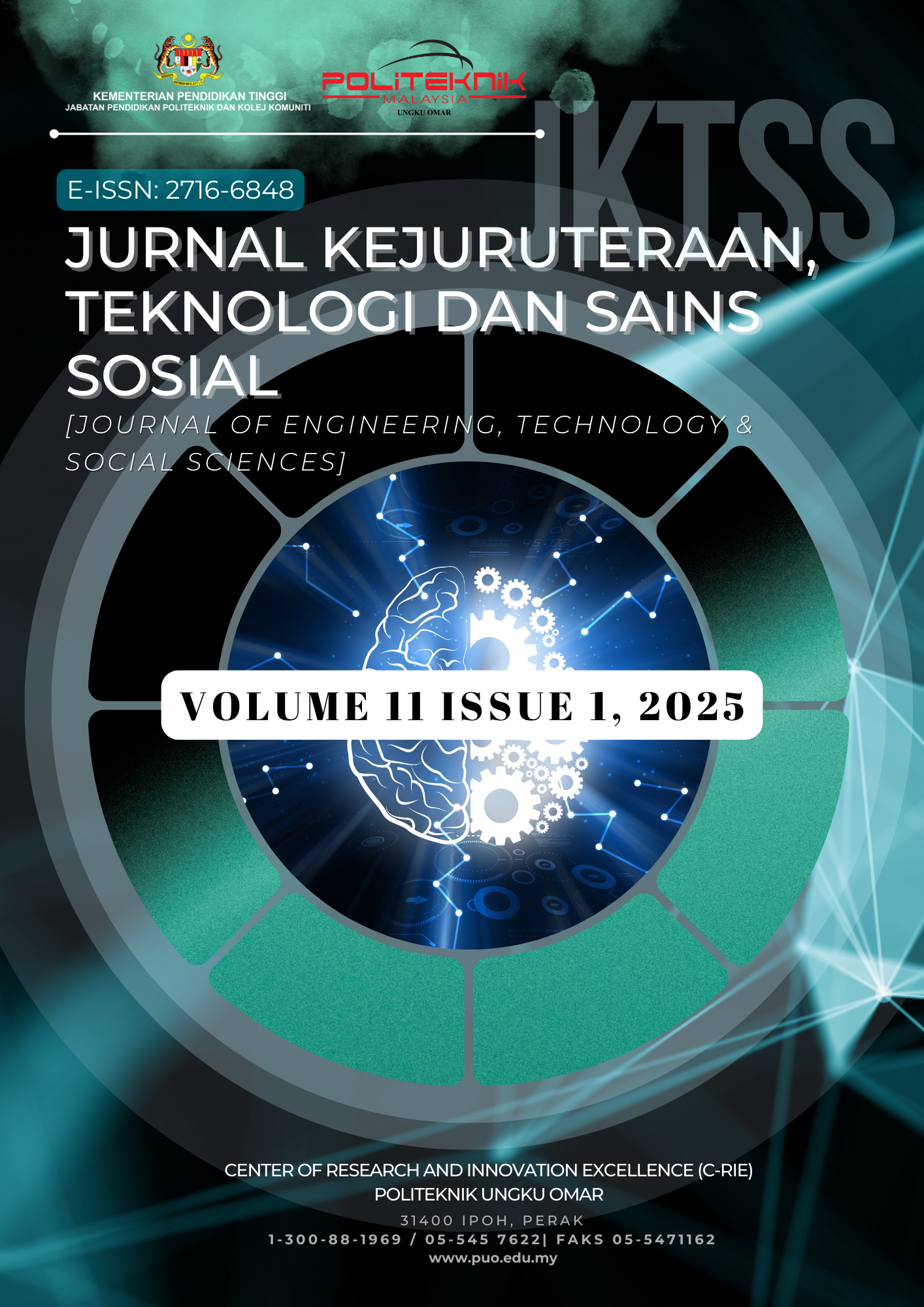EFFECT OF CUTTING PARAMETERS ON SURFACE INTEGRITY DURING NC TURNING OF Al 6061/SiCp METAL MATRIX COMPOSITE
Keywords:
Metal matrix composite; heat affected zone; built-up edgeAbstract
Metal matrix composite (MMC) has many advanced mechanical properties such as high wear resistance, less weight, high strength and stiffness, lower coefficient of thermal expansion and high thermal conductivity, which are widely used in the automotive, railway and aerospace industries. The main limitation in MMC application is difficult to machine, which leads to low production volumes and high machining costs. This study aims to investigate the surface integrity of metal matrix composites through the high-speed turning experiments. High cutting velocity with low feed rate were the dominant parameter associated with the surface roughness. Surface roughness as low as 0.20 micron was achieved at low feed rate of 0.10 mm/rev with high cutting velocity of 175 m/min on Al 6061/SiCp by solid coated (TiAlN) cemented carbide tool. Conversely, the lowest microhardness of 102 HV are obtained at high velocity of 200 m/min with feed rate of 0.10 mm/rev. The study concludes that high cutting velocity can effectively reduce surface roughness when machining difficult-to-cut materials. However, it is important to consider that reducing the feed rate can significantly increase the turning time. Additionally, flank wear and chip formation must be considered when selecting cutting parameters. Continuous and long chips that wrap around the machined surface can cause surface damage. This research demonstrates that hard turning is a viable alternative to grinding for achieving low surface roughness in MMCs, provided that the appropriate operating parameters are carefully selected.










